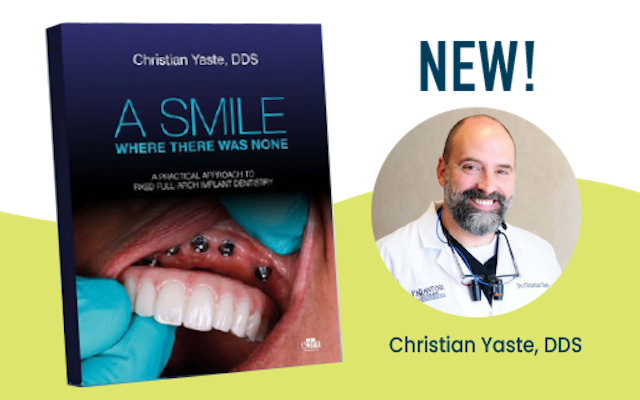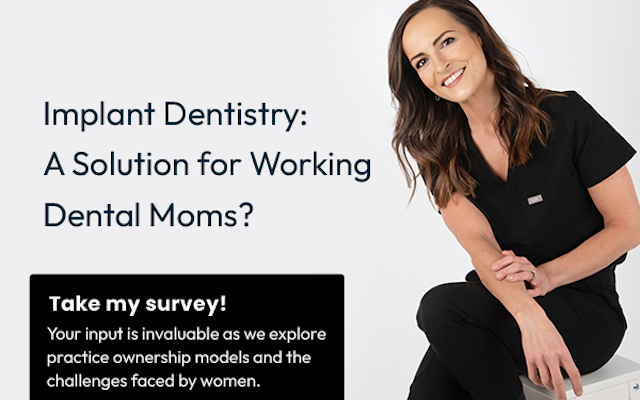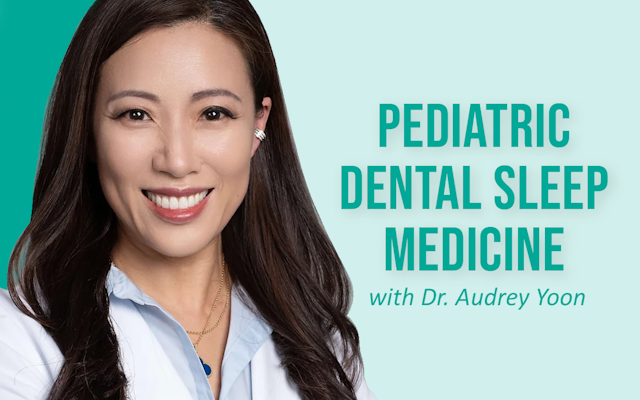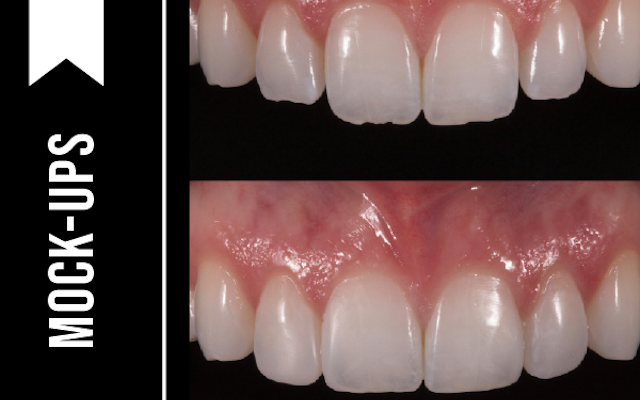The way we practice dentistry is changing, from the materials and technologies we use to how we interact with our patients. We must keep up with all these changes to be successful, and that includes understanding the best, most effective ways to communicate with patients.
When I first became a dentist, practices were more “doctor-centric.” Patients came to us for our expertise and trusted our recommendations. Today, that’s not the case. Patients can get information on anything they want to know about a dental treatment or condition by simply searching online or taking to social media. They’re more educated about dentistry than ever before, and often come to our offices with ideas about which treatment is best for them before we even have a chance to make a diagnosis. So, instead of the doctor directing treatment, the patient is directing treatment.
There are also generational differences we must take into consideration when talking with patients. We have to ask the right questions and really listen to what they have to say. That’s how we deliver value. By listening, we can create connections that help facilitate appropriate diagnoses and treatment plans patients will actually want to move forward with.
To build successful practices and increase case acceptance, our approach to patient communication must evolve. It’s important to remember every demographic has a slightly different mindset, and we have to adjust our communication style to ensure we’re meeting their wants and needs. Different age groups, from Baby Boomers, to Generation X to Millennials, drive dentistry differently. We must take that into consideration when treatment planning.
The Baby Boomers
I built my practice on Baby Boomers for more than 20 years. This group of patients worked hard to grow their careers and usually have the resources to pay for comprehensive treatment.
Boomers didn’t watch much television while growing up, which meant they spent more time talking to one another. They still prefer having conversations over searching the Internet or looking at visual aids. These patients want to understand why treatment is being recommended, making it vital to go over risks and benefits from the beginning. These conversations help build trust, which will ultimately lead to increased case acceptance.
Generation X
The Gen Xers are our new leaders. They’re raising families, building careers and starting to reach financial security. They are at the same stage as my Boomer patients were when I first opened my practice.
How are they different from Boomers? This group grew up in a time with television, PowerPoints and whiteboards. They process information visually, so it’s helpful to use visual aids when presenting a treatment plan.
It’s also important to understand that many of these patients prefer to stage treatment over a period of time. They have some discretionary income, but they’re still raising families and building a nest egg, so they typically don’t want to pay for expensive dentistry all at once. We must provide these patients with options that include staged treatment so they can determine what fits best into their lives. This will help get more Generation X patients to accept the treatment we recommend.
Millennials
The Millennial generation is the fastest growing demographic and will soon dominate in numbers. Millennials also have a significant influence on how all types of companies conduct business in today’s society, with many moving to social media to communicate their messages and offering the on-demand products these consumers expect.
This is the “selfie-generation” and is made up of free-spirited individuals who care about appearance and social trends. Self-esteem and social validation play a role in their decisions, which means their treatment plans should include esthetic and cosmetic procedures.
Unlike the older generations, Millennials might not have the financial means to pay for large cases. Treatments like Invisalign, whitening and bonding will likely be most attractive to them.
When communicating with these patients, visual aids are helpful, but Millennials also expect a certain amount of technology to be involved in the presentation. Digital apps, virtual reality and quick demonstrations can facilitate case acceptance. Often, Millennials have done their research via online searches and social media, and already know what treatment they’re most interested in before they even get to the appointment.
Adapt Your Communication Style to Improve Case Acceptance
It’s important to understand that the age and mindset of our patients can and will influence their decisions regarding treatment. We need to adapt the way we communicate to our patients based on their wants and needs. We can’t treat each group in the same manner and expect the same results.
Next time you’re chairside, make an effort to get to know your patients better. Ask questions and really listen to their answers. From there, you can tailor your treatment plan to suit their needs and provide the information in a way they’re comfortable with. Remember, everyone values things differently. When we connect and deliver our message in the right way, we’re more successful, leading to improved case acceptance and practice productivity.
 By:
By: 



